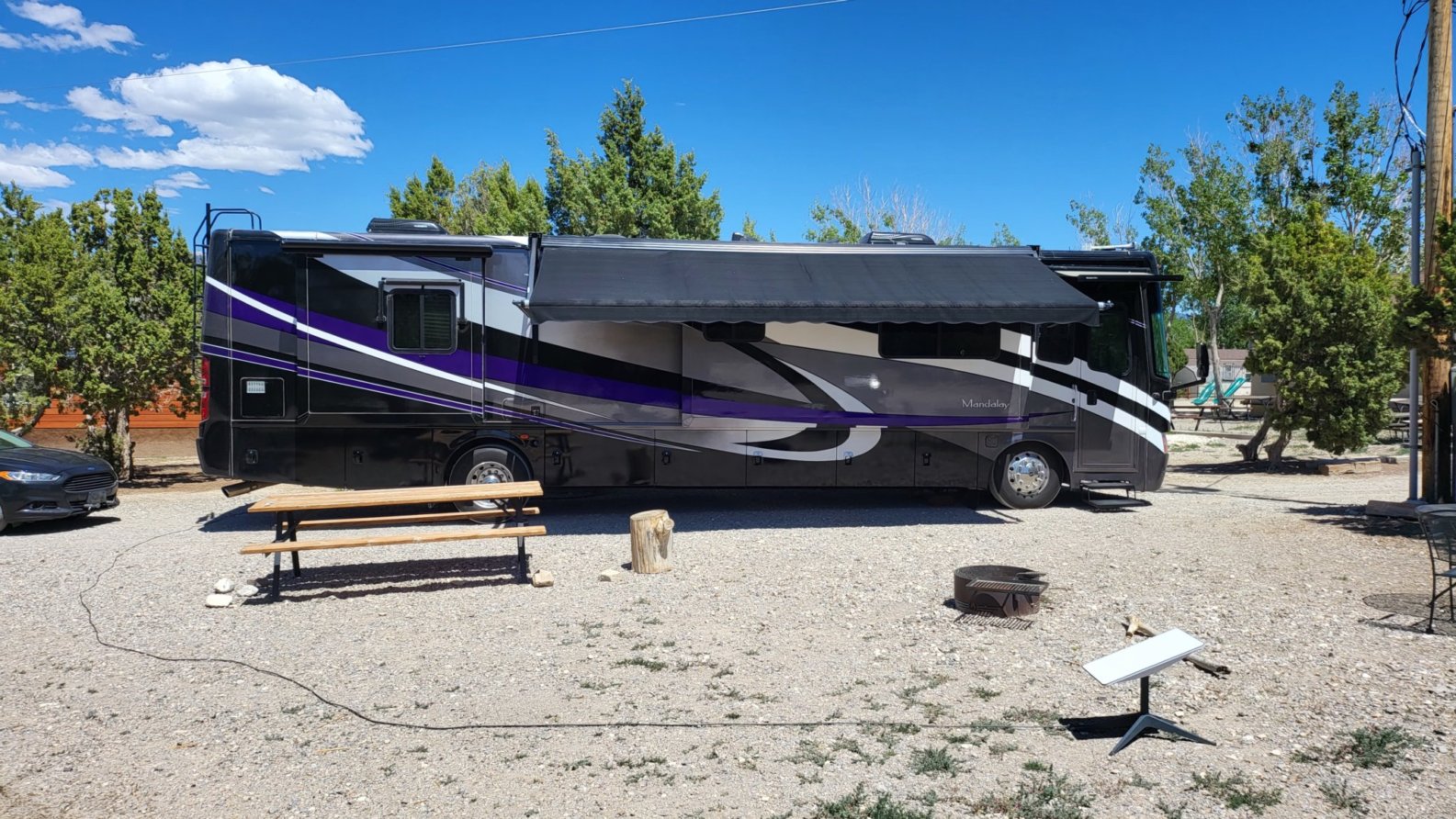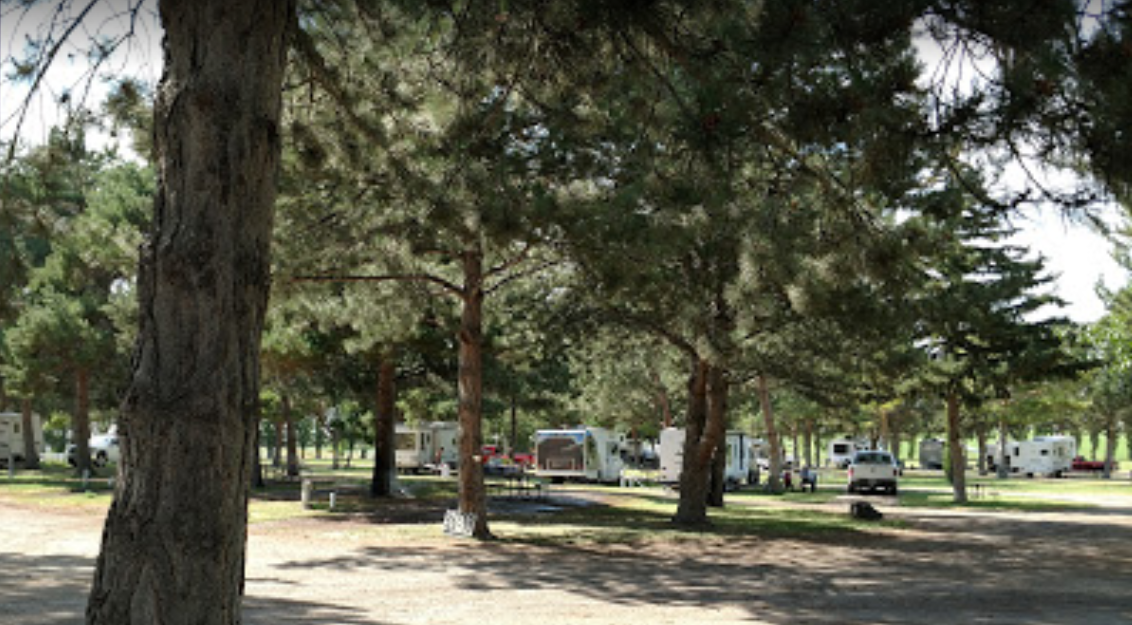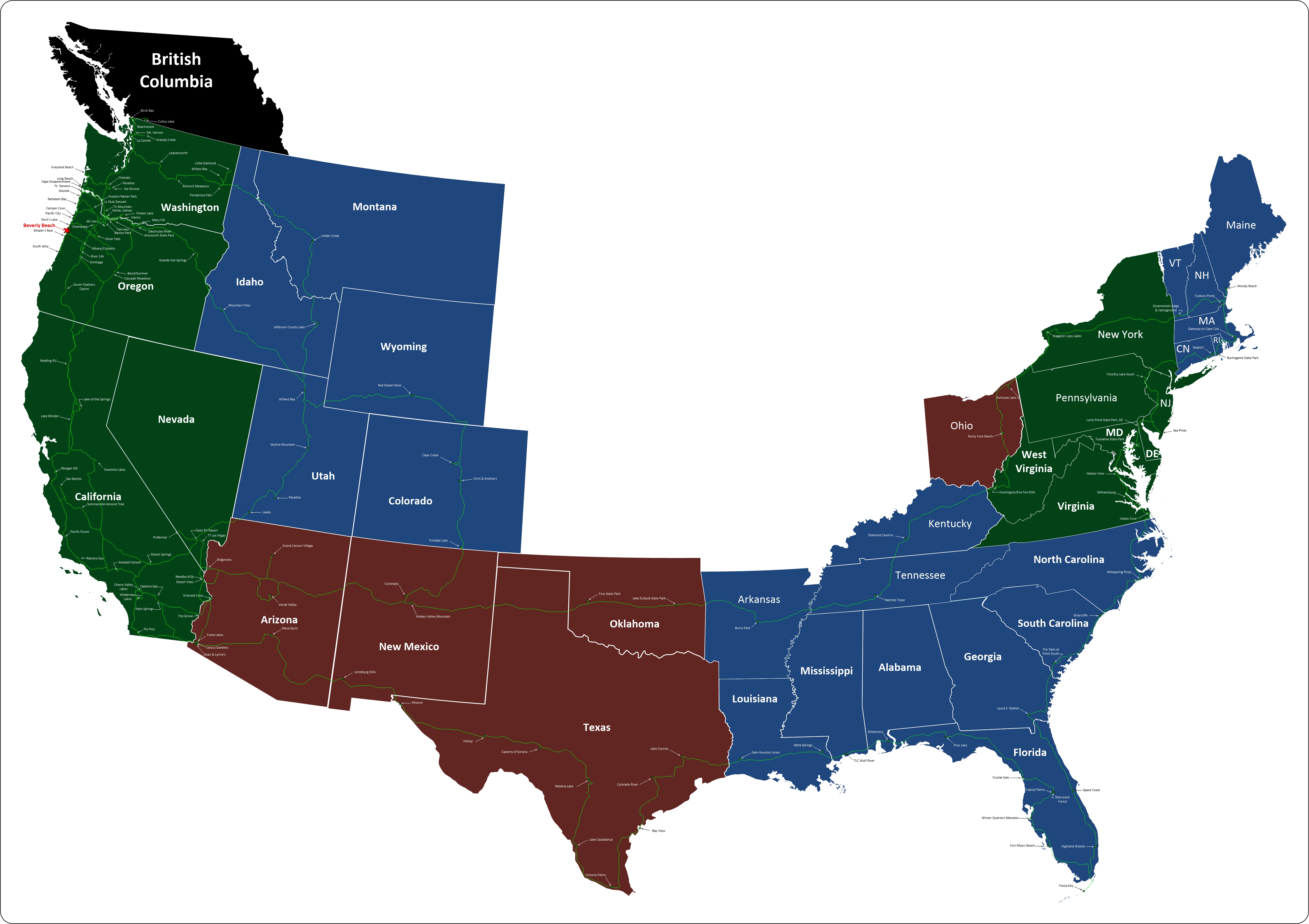The state is heavily forested outside the Mississippi Delta area, which is the area between the Mississippi and Yazoo rivers. Before the American Civil War, most development in the state was along riverfronts, as the waterways were critical for transportation. Large gangs of slaves were used to work on cotton plantations. After the war, freedmen began to clear the bottomlands to the interior, in the process selling off timber and buying property. By the end of the 19th century, African Americans made up two-thirds of the Delta's property owners, but timber and railroad companies acquired much of the land after the financial crisis, which occurred when blacks were facing increasing racial discrimination and disfranchisement in the state.
Clearing of the land for plantations altered the Delta's ecology, increasing the severity of flooding along the Mississippi by taking out trees and bushes that had absorbed excess waters. Much land is now held by agribusinesses. A largely rural state with agricultural areas dominated by industrial farms, Mississippi is ranked low or last among the states in such measures as health, educational attainment, and median household income. The state's catfish aquaculture farms produce the majority of farm-raised catfish consumed in the United States.
Since the 1930s and the Great Migration of African Americans to the North and West, the majority of Mississippi's population has been white, although the state still has the highest percentage of black residents of any U.S. state. From the early 19th century to the 1930s, its residents were majority black, and before the American Civil War that population was composed largely of African-American slaves. Democratic Party whites retained political power through disfranchisement and Jim Crow laws. In the first half of the 20th century, nearly 400,000 rural blacks left the state for work and opportunities in northern and midwestern cities, with another wave of migration around World War II to West Coast cities. In the early 1960s, Mississippi was the poorest state in the nation, with 86% of its non-whites living below the poverty level.
In 2010, 37% of Mississippians were African Americans, the highest percentage of African Americans in any U.S. state. Since regaining enforcement of their voting rights in the late 1960s, most African Americans have supported Democratic candidates in local, state and national elections. Conservative whites have shifted to the Republican Party. African Americans are a majority in many counties of the Mississippi-Yazoo Delta, an area of historic slave settlement during the plantation era.




